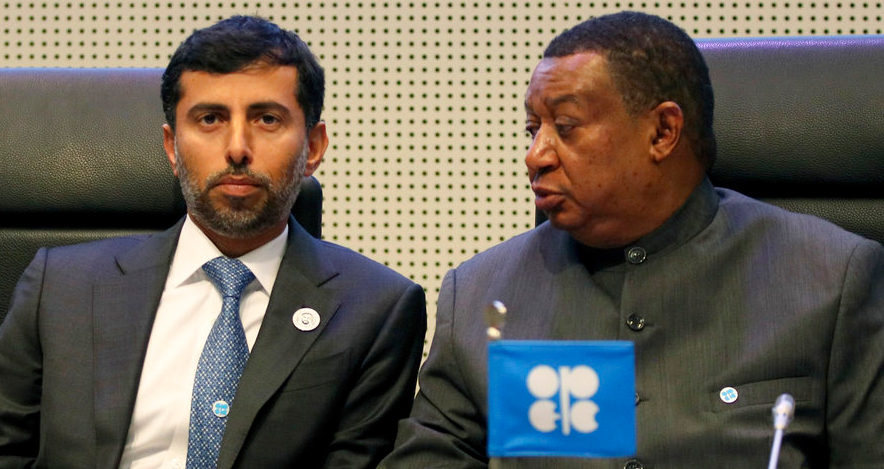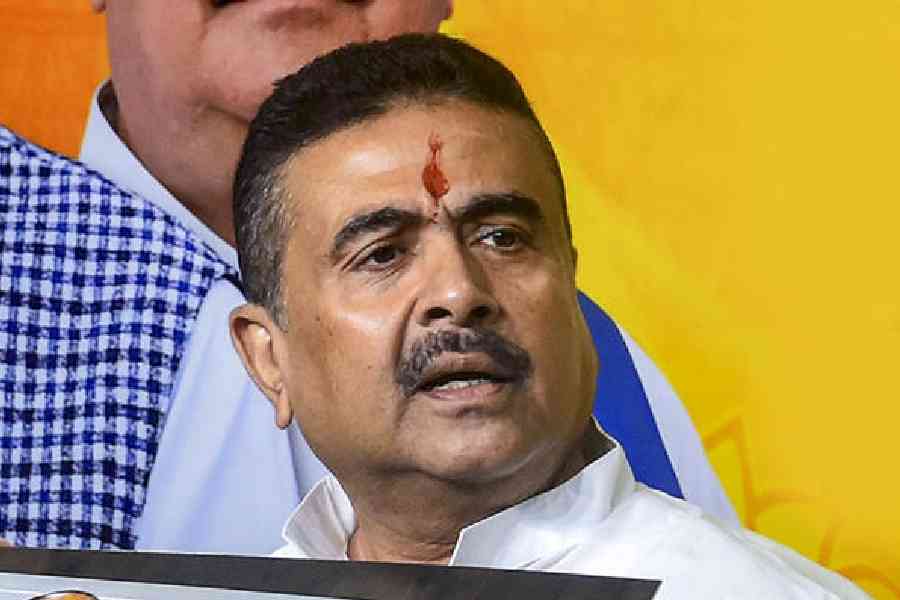Oil prices jumped more than 4 per cent on Friday as Saudi Arabia and other producers in Opec as well as allies such as Russia agreed to reduce output to drain global fuel inventories and support the market.
The Organisation of the Petroleum Exporting Countries (Opec) and its Russia-led allies, referred to as Opec+, agreed to slash production by a combined 1.2 million barrels per day (bpd) from 2019, larger than the minimum 1 million bpd that the market had expected, despite pressure from US President Donald Trump to reduce the price of crude.
The producer club will curb output by 800,000 bpd from January, while non-Opec allies contribute an additional 400,000 bpd of cuts, Iraqi oil minister Thamer Ghadhban said after Opec concluded two days of talks in Vienna.
Russian energy minister Alexander Novak confirmed the combined output cuts of 1.2 million bpd, saying that the market will be oversupplied through the first half of the year.
Brent crude rose $2.94 to $63.00 a barrel by 1620 GMT. In early trade, the global benchmark fell below $60 when it looked as if oil exporters might leave production targets unchanged. The benchmark rallied to a session high of $63.73 on news of the agreement.
US crude rose $2.20 to $53.69 a barrel, after earlier reaching a session high of $54.22.
US crude was on track to end the week up 5.2 per cent and Brent was 6.9 per cent higher on the week so far.
A 1.2 million-bpd cut, “if implemented fully, should be enough to largely attenuate, but not eliminate, expected implied global inventory builds in the first half of next year”, said Harry Tchilinguirian, global oil strategist at BNP Paribas in London.
Oil prices have plunged 30 per cent since October as supply has surged and global demand growth has weakened.
Prices fell almost 3 per cent on Thursday after Opec ended a meeting in Vienna with only a tentative deal to tackle weak prices. Talks with other producers were held on Friday.
But Iran gave Opec the green light on Friday to reduce oil output after finding a compromise with rival Saudi Arabia over a possible exemption from the cuts, an Opec source said.
Oil output from the world’s biggest producers — Opec, Russia and the United States — has increased 3.3 million bpd since the end of 2017 to 56.38 million bpd, meeting almost 60 per cent of the global consumption.
The surge is mainly due to soaring US oil production, which has jumped 2.5 million bpd since early 2016 to a record 11.7 million bpd, making the US the world’s biggest producer.
Trump has asked Opec to keep prices low, pleading with the Saudis in Twitter messages. Russia had initially balked at cutting production alongside Opec.










